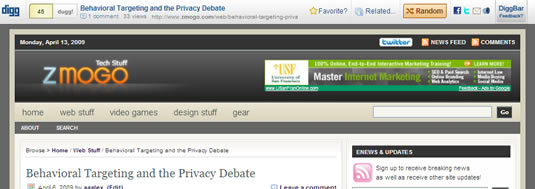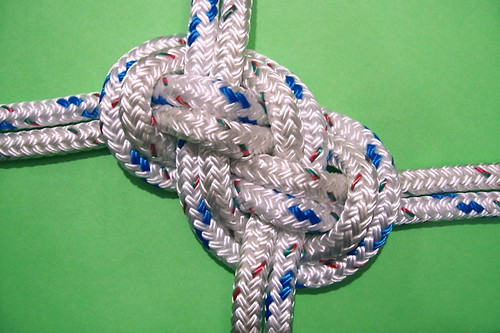 by M J M
by M J MI am running a bit behind. This is my reflection for last weeks PLENK topic; PLE/Ns Tools – What Exists, What is Being Built?
The ability to personalize one’s online experience is not new, each Internet user creates their own personal web by deciding which sites to visit, which blogs to read, which news sites to trust, and which to ignore. However, in recent years a growing number of free technologies have become available that have made personalization possible on a grander scale. Free and easy-to-use technologies offer new ways to find, organize, create, and interact with information.
McElvaney & Berge, 2010
Increasingly people are sharing useful content online using these social media tools such as Facebook, bookmarks (Delicious, Digg, etc) and Twitter. We have always been interested in how our students make sense of the content we recommend for their studies. So it should follow that we would be interested in how they contextualize them amongst others on the web. Traditionally we give them resources and then expect a formal written paper detailing how they understand the content.
With a steady stream of information coming at all of us on a daily basis, our reflections are needing to be shorter, quicker, and much more frequent. Students need to know how to deal with masses of information and build up their filtering ability. They need to filter content quickly knowing what is important, what to forget, what to bookmark, what might be uiseful to others, and how to tie it all back together.
My personal thoughts on the power of Twitter is that it forces you to contextualize a web resource or idea in 140 chracters or less. This means others can scan thousands of tweets and make sense quite quickly of what could be on the other end of the link, or tweeted idea, and whether it is something that needs investigation.
The best resources in a community of users get shared, reshared and linked to. What is under developed is the ability to discuss, connect, and mashup web resources once they have been shared in an organized way. One can use URL shorteners to see how many people clicked through to their shared link but less is known about what those who clicked think of the resource or how/if they found it useful.
Last year many of the URL shortener services offered a service which wrapped clicked links in a “Social Bar”. The Social Bar allowed them to reshare, or relink the content to more people, access comments, and like or dislike the content. Basically when you clicked on a link from Twitter or Digg you would go to the link but have access to the Social Bar to add some of your own meaning to the content or to share it further. The Social Bar was not popular and was ultimately discontinued by Digg, Houtsuite, and ow.ly. I believe that it is still available from StumbleUpon as a browser add on. I wonder if we cant use some of these principles as a tool for aggregating online interactions in a PLE?

I think a Social Wrapper around online content could be quite useful in the context of a PLE. Maybe it is an entirely new type of web browser that is needed to allow users to start tying web content, interactions and sites together. Maybe its as simple as the Social Bar example and just sits atop all content visited in the context of a learning situation or webquest.
The social wrapper for the PLE could potentially allow students to:
- Identify resources which they found relevant to their learning
- Discuss resources and create links to new content
- Share content through other social media channels such as Facebook
- See how a piece of content was understood by their peers
- Track changes in the interpretation of content over time
- See all interactions with a piece of content at a given moment
- Expose other interactions such as email or forums for more open discussion
- Attach discussions to content
- Mashup every web site they play in
The Social Wrapper could allow the instructor to see:
- What content was accessed by students
- Where they went to next
- How the students associated content with other things in their lives
- How discussions around content took place
- How students scrutinize web resources
- What marvelous mashups are created
- How the students interact with others on the web
I think the organization of PLE’s is mostly about tying together all of the interactions people have with content and people online . Its not ust about the tools, but the systems of activity in which the tools are applied and how the interactions lead to making meaning.
References
#plenk2010

